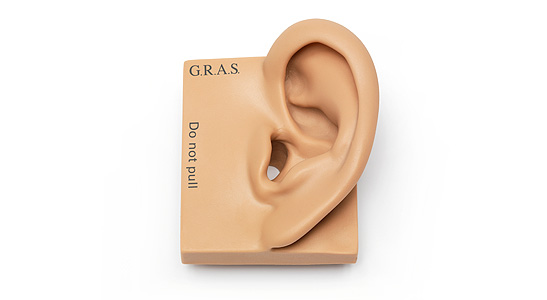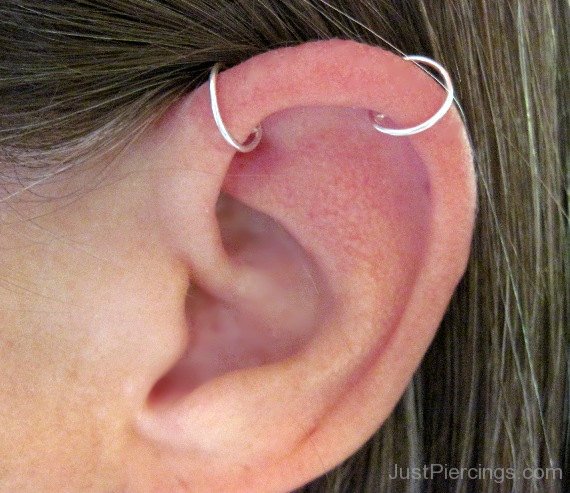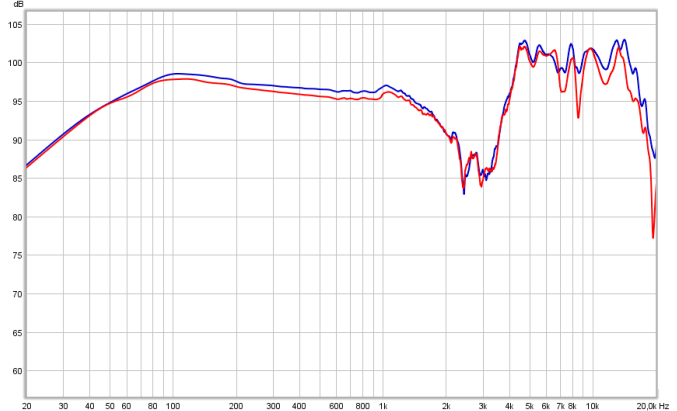Oh.
So I suppose I was thinking backwards.
Headphone EQ needs to add HRTF, is the idea.
Carry on.
Basically an over ear needs FR correction + a correction for Pinna + Concha (not ear canal) if you want to mimic the FR of speakers in front of you.
It only needs FR correction if you don't want / feel the need for 'speaker alike' reproduction in free field.
It needs FR correction + some bass boost when you want to emulate speaker in a room and don't feel the need to correct for the Concha gain/Pinna
It needs FR correction + some bass boost + Concha correction (partly HRTF) when you want speaker in a room sound.
For on ears the Pinna does not need 'correction' only the Concha + FR + bass boost (if desired)
For in ears it is more difficult as FR is dependent on insertion. There still should be HRTF correction when you want to mimic speakers in a room.
Most headphone manufacturers do attempt to correct for Pinna/concha gain already as is clearly shown in measurements without Pinna where there is a dip between 2kHz and 7kHz. When measured with a Pinna that dip is often just a bit less deep, not present or even boosted a little.
I suspect differences between individual HRTF are much smaller than the differences in taste/preference and variances in FR response between headphones and is a non issue.
Of course there is nothing wrong with striving for 'perfection' and correct even the last dB when done accurately which I suspect is not possible.
Also IME correcting exactly for any measured FR response with headphones is not really desirable as one trusts the measurement explicitly.
Just look at the many many attempts by professionals and amateurs of the same headphone and see how differences of well over 10dB are shown in these plots.
Mission impossible.
My P.O.V. thus is correct for coarse errors in FR (wide peaks and dips, often only partially) found in all plots which usually leads to better tonal accuracy.






